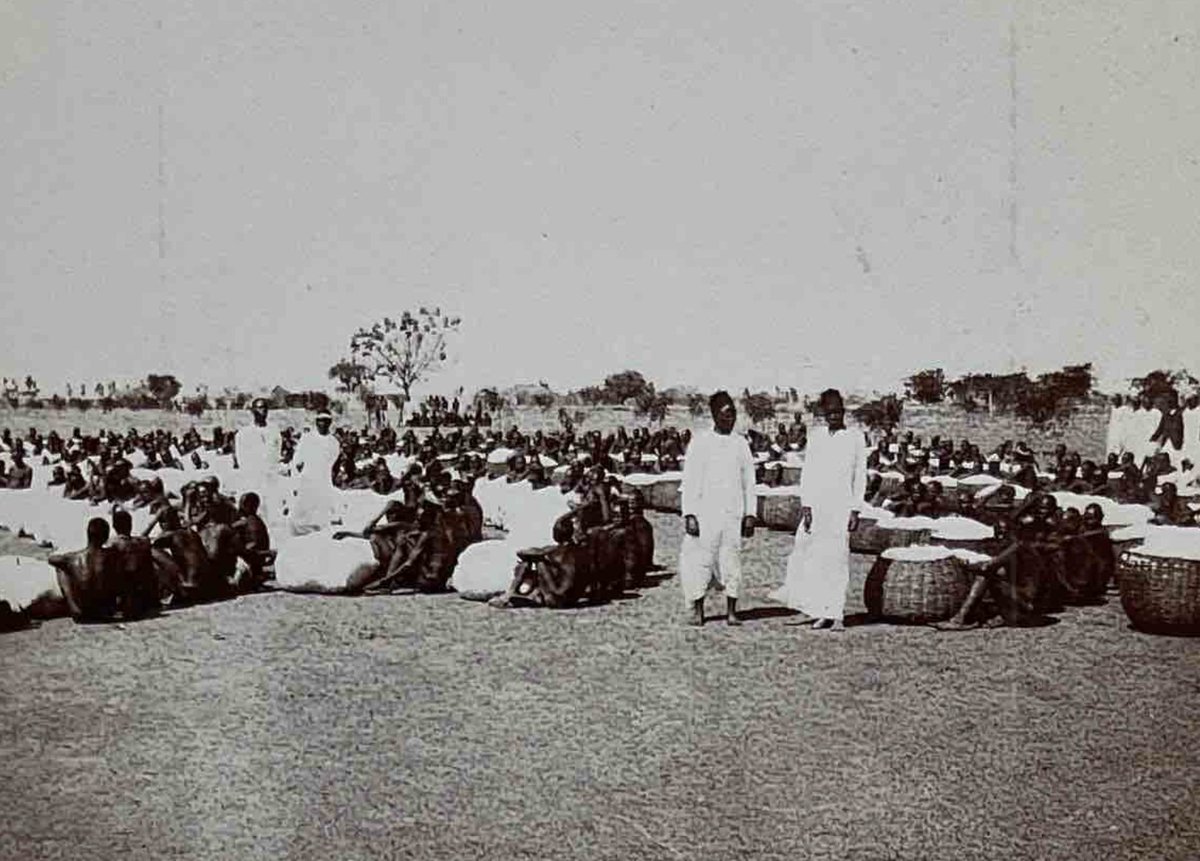On Elizabeth II's controversial visit to Uganda. UG's monarchs saw themselves on equal footing w/ Elizabeth. Here we see #Queen in UG in 1954, after the British empire exiled Ssekabaka Muteesa II. The visit was covered extensively in the Luganda press. britishpathe.com/video/VLVADK9Q… 1/9
Here, we see some of the earliest confidential reports regarding @BugandaOfficial on Ssekabaka Muteesa's exile, now housed in the British National Archives. 2/9 

Writers in the Luganda press busied themselves w/ protesting the Queen's visit. Uganda Post reported on 9 January 54 that the Lukiiko demanded the visit be postponed "and that a time of mourning for the deposed Kabaka be declared." 6/9
Ben Kiwanuka authored a scathing article in Ebifa mu Uganda, during which he demanded the Governor halt the Queen's visit immediately (15 January 54). And Uganda Eyogera formally stated that all Ugandans withhold any applause toward the Queen during her visit. 7/9
During her trip, the Lukiiko worked tirelessly to campaign for Muteesa II's return. In this photograph with @britishlibrary James H. Mukasa talked to Elizabeth II outside of Bulange. Mukasa was then a judge on the Buganda Court. 8/9 

After an extensive international & regional campaign, Ssekabaka Muteesa II returned in 1955. The Queen's visit continued to be remembered w/ complexity. For some, it signified UG's envied status of imperial citizenship. For others, the visit signified colonial arrogance. 9/9
• • •
Missing some Tweet in this thread? You can try to
force a refresh



















